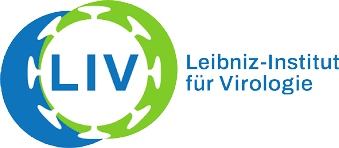Principal Investigator
Prof. Dr. Kay Grünewald
CSSB Center for Structural Systems Biology
Universität Hamburg/Leibniz Institute of Virology


A6
PhD candidate
Jedrzej Mazur

A6
Project Summary
Secondary envelopment of herpesviruses

Herpesviruses are a diverse group of viruses that include important human pathogens and promising candidates for vectors in future gene therapies. A characteristic feature of all herpesviruses is their complex life cycle that includes many stages and spans nearly the entire infected cell. Final virion maturation takes place in cytoplasm and remains poorly understood, especially the mechanism of secondary envelopment (the step at which herpesvirus capsids acquire their final envelope) is largely unknown. The aim of this project is to structurally and spatio-temporally describe herpesvirus secondary envelopment to better understand the underlying mechanisms and to identify key players in the process with a special focus on vesicles derived from Trans Golgi Network and endosomes as membrane sources for the process. Achievement of this ambitious task is possible thanks to advancements in several key research technologies like, electron microscopy and tomography (ET), cryopreservation of cellular samples and focused ion beam milling (FIB). Taken together into one workflow these methods allow direct visualization of structures deep inside a cell, with unmatched resolution, and in near-native state. Additionally computational approaches like subvolume averaging (SVA) or membrane segmentation of high-resolution Cryo-ET data facilitate a deeper understanding of herpesvirus secondary envelopment. Potential findings of this project may pave the way for both designing new therapeutic strategies against herpesviruses and utilizing them as therapeutic agents.
